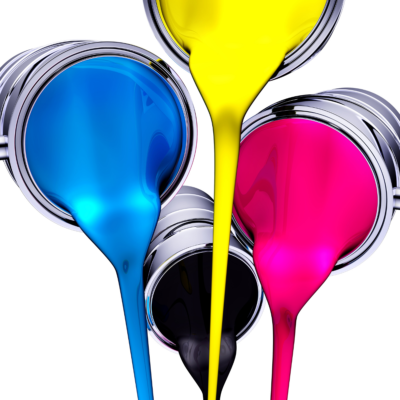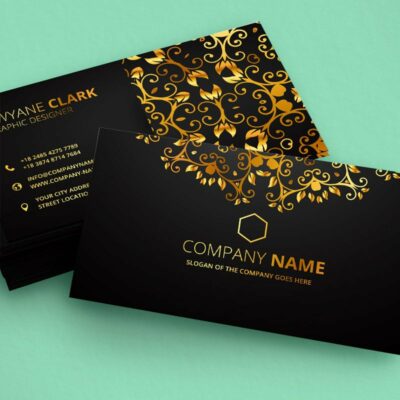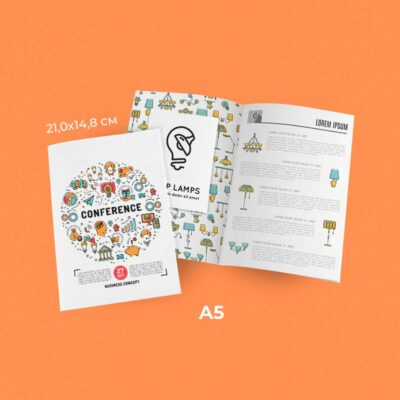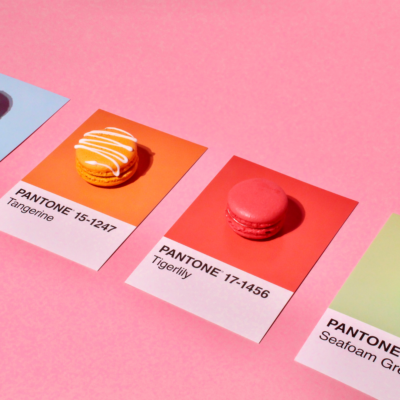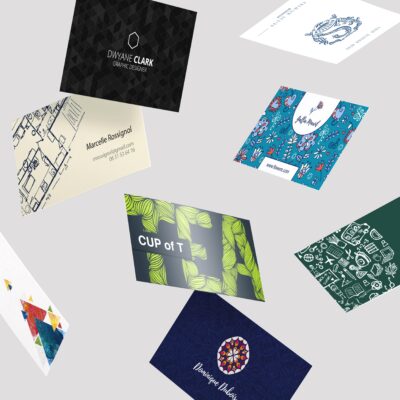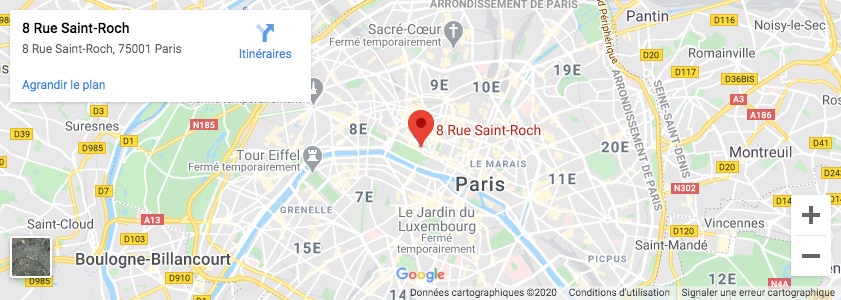- Call us 01 42 61 00 33
Monday to Friday 9:00 - 18:00 IMMEDIATE
CUSTOMISED QUOTERETRAIT EXPRESS
& LIVRAISON J+1-
-
- All
products - Cards
- Brochure
Files - Advertising
- Printing
- Office automation
- Adhesives
- Signage
- Themes
- Printing
Express in 4H
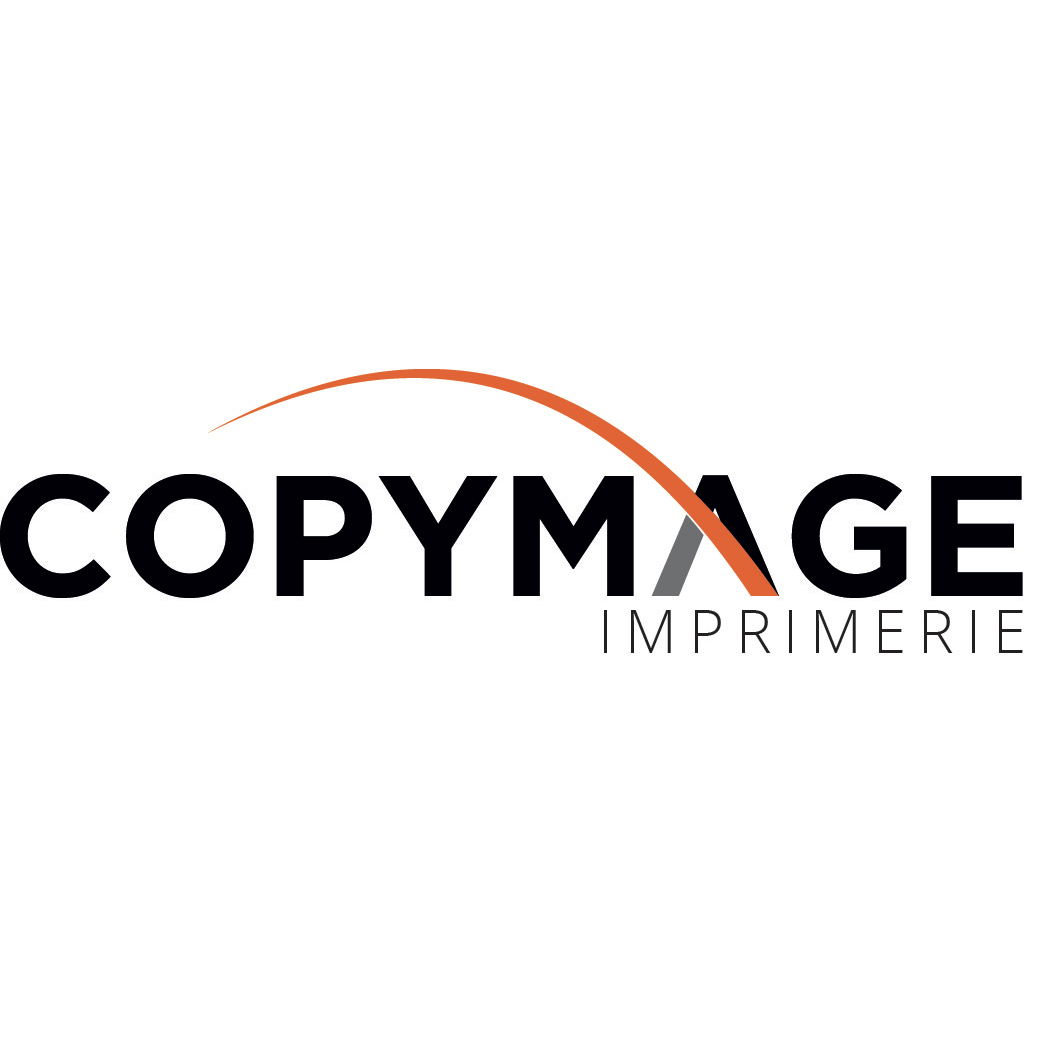
Tips & tricks from your printer
How to choose the right binder for your documents

Each document has its own binding
What you need to know is that there are different types of binders, designed for different types of documents. Each has its own advantages and disadvantages, which is why it is imperative to ensure that the binding chosen is perfectly suited to the document it is to be used in.
For a document that is less than 7 pages long, a spiral binding will be sufficient. A spiral and stapled binding is more suitable for a document with between 8 and 40 pages. Beyond that, you should opt for a prestige or glued binding. Note that the number of pages should always be a multiple of 4. If your document does not have the correct count, add blank pages at the beginning and end.
Spiral binding
Spiral or ring binding is the most common type of binding. It is both practical and economical, and is mainly used for notebooks, wall calendars and notepads. It is also used for reports, folders and presentation materials. The bound document can then be laid flat with the two pages facing each other or in an easel. It is also possible to use a hidden spiral binding. This can be done partially or completely.
The stapled binder
Stapled binding is recommended for documents with between 8 and 40 pages. This can range from church booklets to menus and commercial brochures. This type of binding has the advantage of being practical, but the disadvantage is that it is only suitable for documents with a few pages.
Prestige binding
The prestige binding or glued binding is a high-end binding. Its main advantage is its refined appearance, but it is only suitable for documents of less than 20 pages. Moreover, the pages cannot be laid flat as with spiral binding. Nevertheless, it provides a sophisticated look, especially with the edge covered with a textured paper that extends to the spine. The cover is reinforced with a transparent film.
Book-style glued binding
Glued binding is the closest to professional binding, i.e. the binding of books found in bookshops. It is generally used in self-publishing, whether it is for a recipe book, a product catalogue, a university thesis, a novel or a business report. The main advantage of this type of binding is certainly its high resistance. The pages do not come loose easily and can be laid flat. It should be noted, however, that this type of binding is only recommended for documents of less than 40 pages.
If none of these bindings are suitable for your document, there is still the option of custom binding. You will be able to create a personalised binding, with a format and style adapted to your project.
Our rates
The best prices on the market
The quality
We are demanding and attentive to your satisfaction
Our deadlines
Tight deadlines thanks to our continuous production system
Imprim'vert label
We are careful about our footprint and waste management. We have obtained the Imprim'vert label.
Help & Advice
Our experts are here to help you.
HELP & ADVICE
Our experts are here to help you. Do not hesitate to contact them.
Adresse
8 rue Saint Roch 75001 Paris
Metro
Line 1 Tuileries
Line 14: Pyramides Line 14 : Pyramids
Bus
Lines: 21, 27, 68, 72, 81












